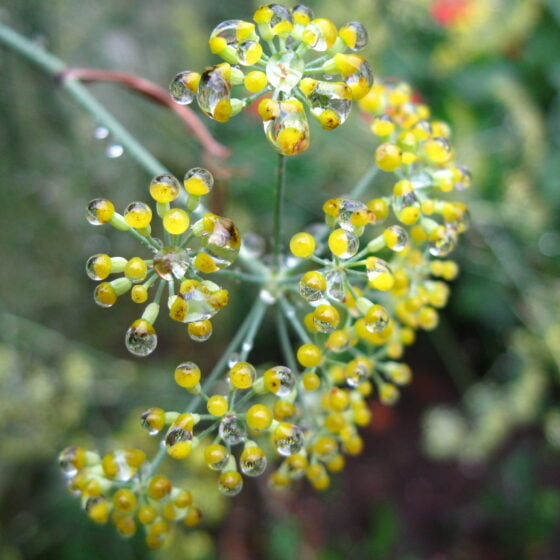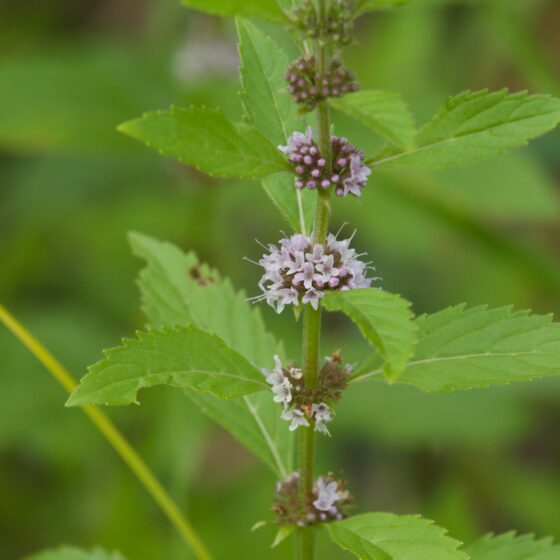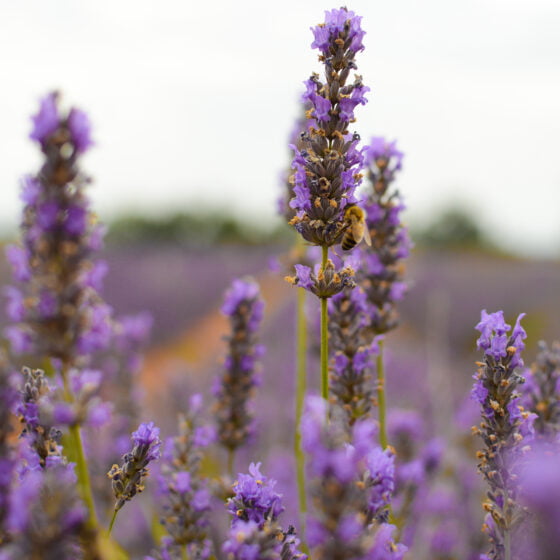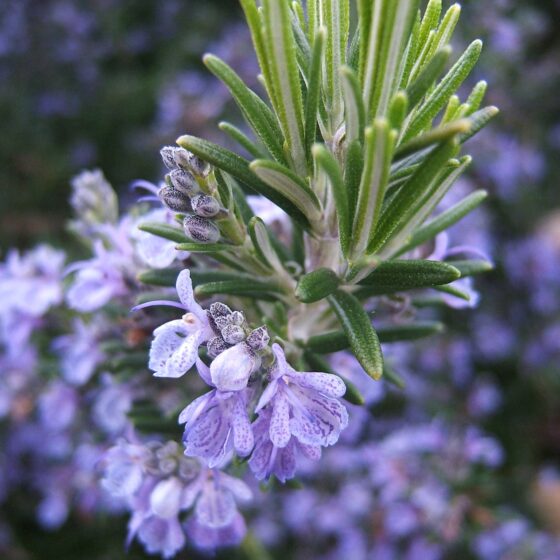
Basil ct linalool Egypt
Ocimum basilicum CT linalol
General data
Harvest Calendar
- J
- F
- M
- A
- M
- J
- J
- A
- S
- O
- N
- D
Product details Fragrance side
Basil is used at the heart of citrus accords to give them a gourmet and aromatic facet. Within a fruity accord, the fresh and natural notes will be emphasized. The essential oil also finds its place at the heart of the reconstitutions of aniseed notes through its licorice and menthol facets at the same time.
Well-being side
Spasmolytic, antibacterial, antioxidant, calming and sedative. Revives and refreshes the mind, protects and helps to find the right balance.
*The aromatherapy properties in this document are excerpted from reference books, scientific articles, or specialized websites and are provided to customer for its information and internal use only. Claims on a finished product remain the responsibility of the company making the finished product available on the market. About
Though most likely native to India, basil’s origins are not entirely known. It is a noble aromatic herb , appreciated as a medicinal plant and seasoning for over 2,500 years. Basil is considered a sacred plant, even boasting a name with prestigious etymology: Basil comes from the Greek basilikon, meaning “royal plant.” Used in the worship of Vishnu, the protector god, basil is woven into garlands and wreaths in Indian temples. It is also associated with Christianity, being said to have helped Mary escape Herod’s soldiers and led St. Helena to find the cross of Christ by virtue of its redolence.
Basil is an annual herb that is widely used for its aromatic qualities. When rubbed or crushed, its glossy, pure-green leaves release a powerful, aromatic odor characteristic of the condiment. The fragrant compounds are in leaves’ secretory glands. When in bloom, the basil plant’s stems bear small white, pink, or purple flowers.
The aerial portions of the plant are reaped during the flowering phase to produce essential oil. The fresh raw material is rapidly distilled, as basil leaves lose their flavor as they dry. The resulting essential oil is herbaceous, anise-like, and fresh. Basil essential oil composition can vary, depending on a number of parameters inherent to the cultivation sites and practices, and results in there being several chemotypes. Basil from Egypt is of the linalool chemotype, while basil from India and Vietnam are of the estragole (or methyl chavicol) chemotype.
Fragrance side
Basil is used at the heart of citrus accords to give them a gourmet and aromatic facet. Within a fruity accord, the fresh and natural notes will be emphasized. The essential oil also finds its place at the heart of the reconstitutions of aniseed notes through its licorice and menthol facets at the same time.
Well-being side
Spasmolytic, antibacterial, antioxidant, calming and sedative. Revives and refreshes the mind, protects and helps to find the right balance.
About
Though most likely native to India, basil’s origins are not entirely known. It is a noble aromatic herb , appreciated as a medicinal plant and seasoning for over 2,500 years. Basil is considered a sacred plant, even boasting a name with prestigious etymology: Basil comes from the Greek basilikon, meaning “royal plant.” Used in the worship of Vishnu, the protector god, basil is woven into garlands and wreaths in Indian temples. It is also associated with Christianity, being said to have helped Mary escape Herod’s soldiers and led St. Helena to find the cross of Christ by virtue of its redolence.
Basil is an annual herb that is widely used for its aromatic qualities. When rubbed or crushed, its glossy, pure-green leaves release a powerful, aromatic odor characteristic of the condiment. The fragrant compounds are in leaves’ secretory glands. When in bloom, the basil plant’s stems bear small white, pink, or purple flowers.
The aerial portions of the plant are reaped during the flowering phase to produce essential oil. The fresh raw material is rapidly distilled, as basil leaves lose their flavor as they dry. The resulting essential oil is herbaceous, anise-like, and fresh. Basil essential oil composition can vary, depending on a number of parameters inherent to the cultivation sites and practices, and results in there being several chemotypes. Basil from Egypt is of the linalool chemotype, while basil from India and Vietnam are of the estragole (or methyl chavicol) chemotype.
Other type of extracts
(Aromatic)



